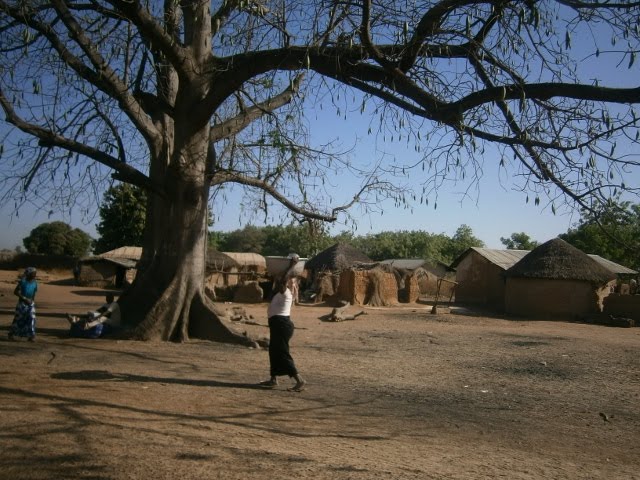INSET
Inservice Training in the Upper West of Ghana takes on two different faces. In one kind, teachers demonstrate lessons with a small group of students from their class, usually around 16 students, for all the teachers in the division. In this model the teachers see how a teacher at a different level tackles content material in subject areas they select at the beginning of the year. In addition to the content, the teacher giving the workshop can demonstrate teaching strategies, learning planning, active student participation and evaluation techniques. In theory these should be beneficial but often fail to demonstrate new or innovative techniques or strategies. In addition, topics of interest to P5 might be little interest to P1.
I had the opportunity to conduct a staff only INSET on a broader topic that was more pedagogy but still included homemade learning resources and active learning techniques. Due to scheduling conflicts and teacher illness, only 8 of the 14 teachers were able to attend but they were involved and asked great questions. I must admit, it was not my best inservice presentation but I learned a lot about Ghanaian ways of reporting and regional supervision. Much more prescriptive than in Canada, teachers are bound by very rigid expectations about lessons that often interfere with their creative thinking and individual adaptations. This and the 60 plus pupils in every class made the dialogue in both directions very interesting. I give a more focused workshop tomorrow on Phonics which will have the teachers as the students, working with hands on materials, and the Head Teacher in the role of Circuit Supervisor evaluating me. I am expecting even more discussions and problem solving.
.jpg)
.jpg)
